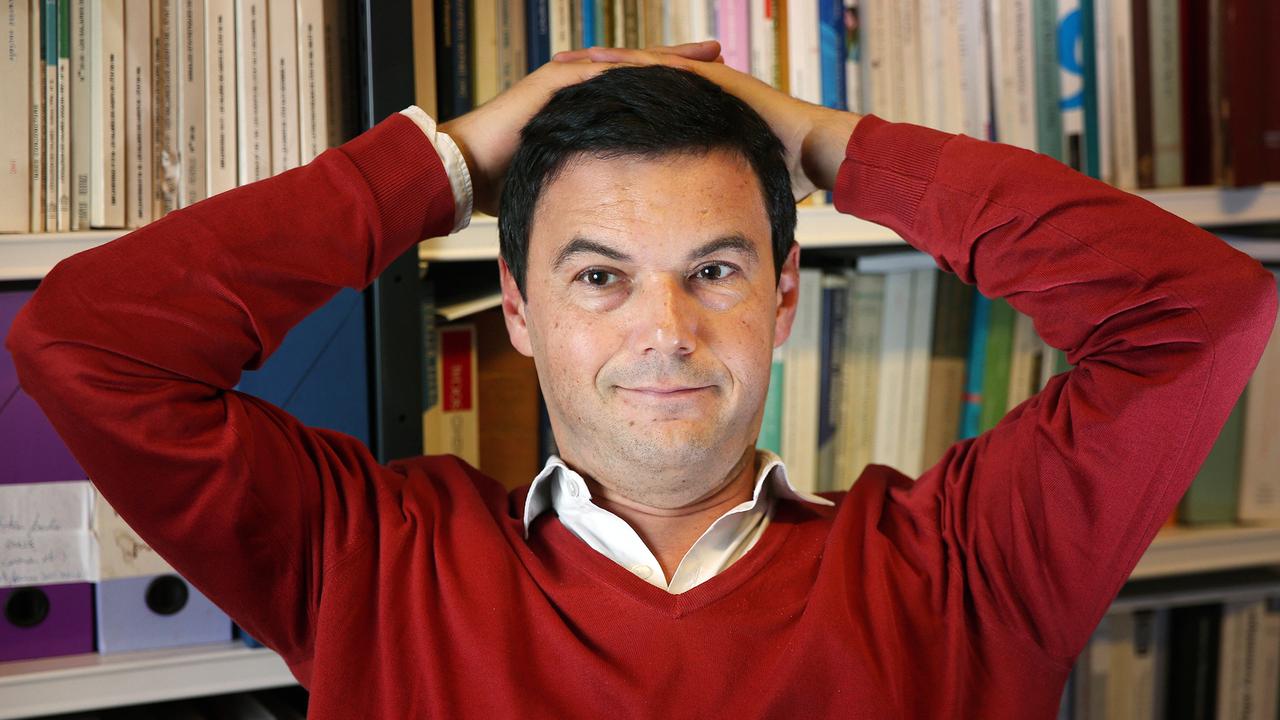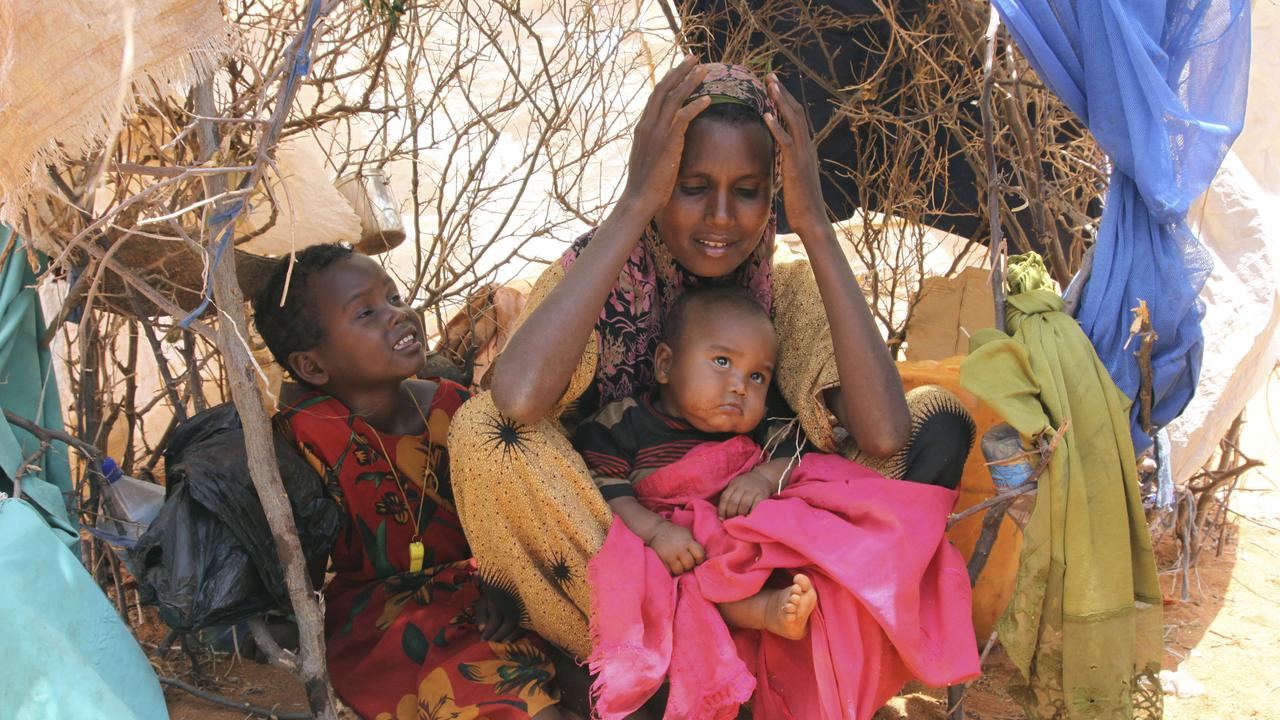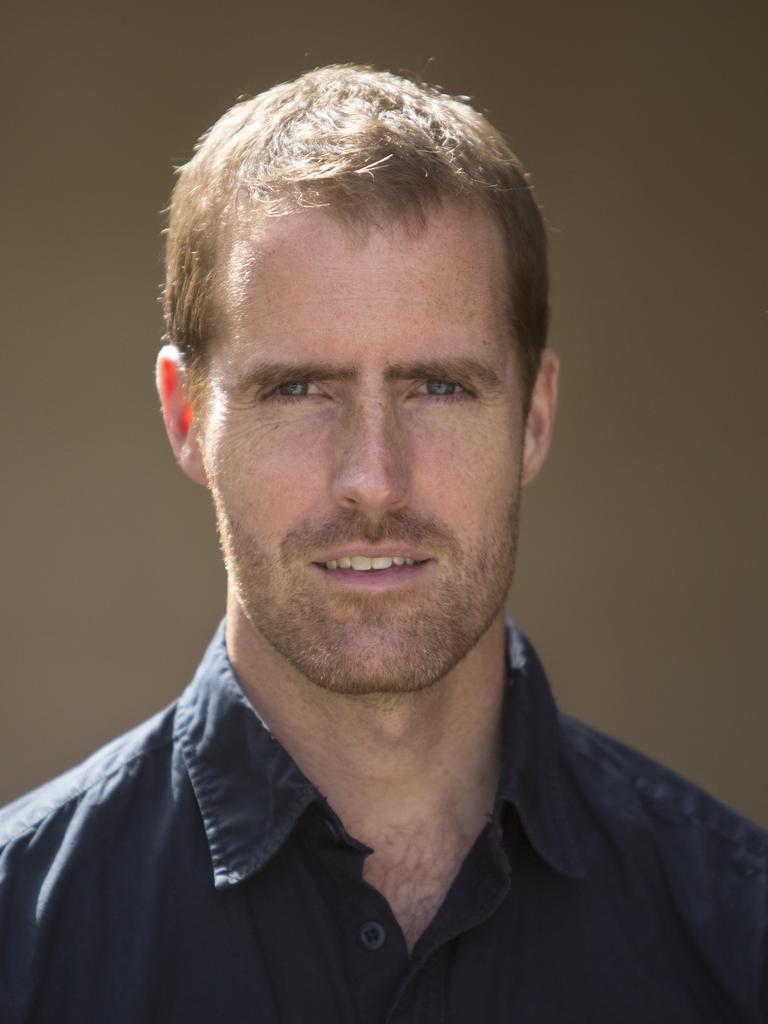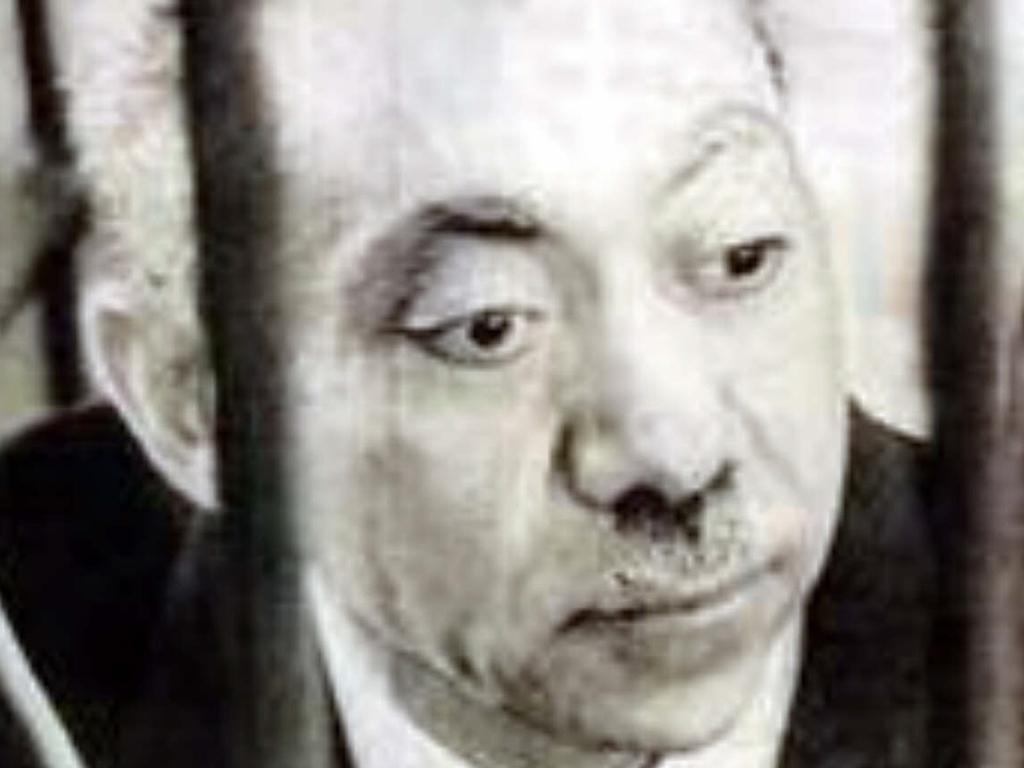They’re lining up the prisoners
And the guards are taking aim
I struggle with some demons
They were middle-class and tame
I didn’t know I had permission
To murder and to maim
Leonard Cohen, You want it darker?
The title of our retrospective for last, year, 2022, was Don’t Stop (Thinking about Tomorrow), the recently departed Christine McVie’s anthem. That was a drear year, and the song was a hopeful reflection of the year to come. But, as they, say, man proposes, God disposes. This year, a line from the just departed Shane McGowan’s most famous seems more apt: “Happy Christmas your arse. I pray God it’s our last”. We are living in an age of uncertainty, an age, to borrow from WH Auden’s often overlooked masterpiece The Age of Anxiety, a meditation on a world between the wreckage of The Second World War and of foreboding for the impending armed peace that we now look back on as the Cold War, with its oft-repeated mantra: “many have perished, and more most surely will”.
The year in review
The year began on a high. Albanese’s Labor government was sitting pretty, the opposition in floundrous disarray. I’d written a few months earlier: “The new Labor government is riding high in the polls whilst the Neanderthals of the Opposition bounce along the bottom of the pond, although in Monty Python speak, it’s “just a flesh wound”’. The Tory government in NSW was enroute for a hiding in the upcoming March state election. And there was apparently massive support in all states for the as yet unannounced referendum on an Indigenous Voice to Parliament – Australia’s long-awaited reckoning for its dark history.
Though Labor did win in March, by the barest of margins, by mid-year the Voice was going backwards with Labor’s honeymoon over as the atavistic alliance behind the No campaign landed blow after blow on the government and the electorate, straining under cost of living and housing pressures was deciding that they and the government had more important matters to deal with than what was increasingly perceived as divisive value signaling.
An incumbent who looked like he would end the “here today, gone tomorrow” phase of prime ministerial politics now faces troubling questions of whether he can become the first incumbent since John Howard a quarter-century ago to win a second term – a strong bet back in January. It has been a dramatic turnaround. At the fag-end of 2023, the government has been buffeted by the failure of the Voice, continued hikes in interest rates and seemingly immovable inflation. Year-end caught it unprepared for a controversial High Court refugee detention ruling, baring Labor’s perennial Achilles heel, migration and security, and demonstrating that political good fortune is never a bottomless well. 
It is always worth remembering that we live in an age of binary storylines, where nuance is often the first casualty. In 2022, Albanese was probably the recipient of too much praise. In 2023, he has arguably been the target of too much criticism. In 2024, I suspect we will discover the resting heartbeat of his government. Labor’s problem only disguises the still unresolved dilemma for the Liberal Party: how does it intend to rebrand its policies and its image for the next election? As the 2024 the election draws closer, the focus will not just be on Prime Minister Anthony Albanese but also the possibility of a Prime Minister Peter Dutton.
By year end, there was figurative blood on the Albanese government’s saddle. But there was literal blood and carnage, heaps of it, not only in Ukraine where the much-anticipated Spring Offensive has stalled in a stalemate reminiscent of the Great War’s Western Front. With western enthusiasm for the war waning its aid diminishing, and the Ukrainian electorate weary and disillusioned with last years’ Time magazine’s Person of the Year, there is a distinct possibility that Volodymyr Zelensky might be thrown under the figurative bus. Who’d’ve thunk it? from rooster to feather duster in twelve months.
But October 7th trumped the calculus of carnage, For nine months, Israel was racked by large- protests against an extremist, racists and demonstrably undemocratic government’s push for a wide-ranging judicial reform. But on that day, the protests ceased. The end of the year effectively began with the Hamas terrorist group’s almost perfect act of Taqiyyah (deception and dissimulation in an ostensibly Islamic cause): the violent, deadly and brutal pogrom perpetrated on Israeli men women and children in kibbutzim, IDF bases and the Supernova rave party in the Negev by the “heroes” and shahidin of the Hamas soldiery. If the Black Shabbat attack was medieval in its savagery, Israel’s retaliation was biblical in its rage and its destruction, and as civilian deaths mounted and the bodies piled, exceeding twenty thousand by year’s end, a brief moment of sympathy for Israel receded and a tide of virulent anti-Jewish sentiment rose around the world.
In both Ukraine and in Israel/Palestine. The future is dark and uncertain. The military conflict over Ukraine will determine the credibility of US and European power and whether Russia’s aggression will be rewarded; the Israel-Hamas war means the Middle East hovers at an inflection point, either a deepening polarization on both sides or, somehow, a push to resurrect the two-state, Israel and Palestine. What was it Lenin said? “There are decades where nothing happens; and there are weeks where decades happen.” Hang on – we’re in for a helluva ride.
Of course, many other things happened in 2023, some quite important, but we won’t bore you with recapping the details. But here’s two that are likely to shock and entertain in equal measure in 2024.
Criminal and civil cases proceeded against former US president Donald Trump, even as he maintained a commanding lead in the race for the Republican nomination. The odds of him returning to the White House next November are shortening by the minute. And he is hell bent on revenge – and untrammeled power. It’ll be like some old Roman melodrama.
There will no doubt be legal fireworks here in Australia too. An investigative journalist’s investigation into the powerful, divisive and controversial broadcaster Alan Jones was as early Christmas present. Airing claims of multiple males who allege he indecently assaulted them; this has encouraged even more people to speak out. Predictably, the Parrot has denied all the claims and is threatening legal action. As one would …
The political outlook for 2024?
Australia ended the year as a divided nation. Labor is a culturally progressive party caught in an age dominated by power, patriotism and economic competition; its vulnerability is the progressive mantra of identity politics, group rights and skepticism towards Western liberalism. Elite power and social conscience for the Yes case were on display from corporations, business leaders, philanthropists, universities, celebrities, trade unions, community leaders, public media, remote Indigenous communities, the affluent suburbs and the inner cities while the No vote came from the outer suburbs, the regions, the rural areas, Coalition-held seats, Queensland, South Australia and Western Australia – and reflected both a revolt against and an indifference towards what many saw as elite lecturing and progressive sophistry.
As for the world in general?
Nationalism, tribalism and authoritarianism are on the march throughout the earth, as are millions of refugees. A veritable “United Nations” of migrants is queuing up at the US’ border with Mexico as migrants from Asia, Africa and the Middle East join those from Central and South America seeking a safer, better life in the land of the increasingly less free and arguably more unstable. Old wars stagger on and new ones break out bringing with them more death, destruction, starvation and displacement. The world faces a travail of great power rivalry, regional war, climate upheaval, population movements, technological disruption and growing inequality. US analyst Fareed Zakaria observed that with wars in Ukraine and the Middle East and China’s challenge to the global order, “if America retreats, in each of these three areas, aggression and disorder will rise”. As L Cohen sang, “I’ve seen the future, brother and it’s murder:
Things are going to slide, slide in all directions
Won’t be nothing (won’t be nothing)
Nothing you can measure anymore
The blizzard, the blizzard of the world
Has crossed the threshold
And it’s overturned
The order of the soul
L Cohen
On our block
On our own rural island of tranquilly, unexpected but welcome spring and summer rains appear to have prevented what we feared would be a bushfire season like that the Black Summer of 2019-29. We were, nevertheless, well prepared with our bushfire plan in place. The year was for us The Year of The Forest. Our forest, that is. Aided by a grant from the state government’s Biodiversity Conservation Trust, we undertook a major project to eradicate weeds and vines – and our trees heaved a great big sigh of relief: Thinking globally, acting locally – how landowners can protect koalasWe had the pleasure of two koala sightings – that’s three in three years, which is more than most in our shire have seen in a lifetime – and the excellent koala detection pooches of Canines for Wildlife discovered joey scats. At year end, we bit the bullet and brought in an arborist A Team to fell sixteen Queensland maple trees that were once recommended as rainforest trees and are now declared weeds and whose progeny have infested our koala habitat. They died to protect the forest.
Stepping back a bit, in September, my old school, Moseley Grammar School, celebrated its 100th year in September. And what a grand day it must’ve been. Wish I could’ve been there. It started life as a theological college, and reopened as Moseley Secondary School in 1923. I spent eight years of the sixties at this grand old place. In my day, it was Moseley Grammar, a boys-only, and in my recollection after six decades, all white school. There were about twenty Catholics including moi, half a dozen Jews, and several hundred nominally C of E. In the early seventies, it merged with the secondary modern over the fence and is now Moseley School and Sixth Form. And my, how things have changed. As an old Greek once said, “Everything Flows, Nothing Stands Still”, as the Bobster put it, “everything passes, everything changes”.
The passing parade
Many of our icons ascended to the choir invisible this year. Why in this sad and demoralising year do I feel that we’re trading time on the downward escalator? We’ve already name checked Shane, but I’ll let the picture tell the story. Special mention to the icons of my youth and later years, particularly Robbie Robertson, Jeff Beck, David Crosby, Tina Turner, Burt Bacharach, Raquel Welsh, Harry Belafonte, Glenda Harris, Rodriguez, Dame Edna, David McGowan, and Sinead O’Connor. That old Machiavelli Henry Kissinger lurks in the background. I note in the picture, a barely subtle reference to the dead of Israel and Palestine. The Tree of Life in the centre is a gorgeous touch referencing the pointless felling of the ancient Sycamore Gap tree near Hadrian’s Wall. Too late to be included is celebrated if controversial Australian journalist and filmmaker John Pilger who almost made it to ‘24. He’s probably the only journo to have a word named after him.
Closer to home, people we are acquainted with slip off their mortal perches, including two good friends. My former wife’s longtime partner Robert “Tas” Taylor (Tas as in “fantastic”) took off in March after a long illness. He’d been with Libby as long as we’d been separated, a talented book editor, fellow Neil Young and all-round good bloke. In December, it was ooroo to our very good mate Trevor Bailey who peacefully departed his bush paradise in the Forest at the End of the Road. His was a life well lived. Traveller, businessman, raconteur, perfect host, partner in booze, longtime Bellingen resident, and forest defender (he played a key role in the creation of the Dunggirr National Park, named for our precious but endangered koala). His death was unexpected – he died in his sleep – but were told that he was “slowing down”. Memento mori, I guess. My doctor tells me I ought to slow down too and act my age.
What we wrote in 2023
The rise and fall of The Voice dominated In That Howling Infinite’s posts from April onwards. There were six in all. The first cautiously optimistic, and as referendum day approached, hopes that the better angels of our nature might overcome the negativity and scaremongering of the Naysayers, gave way to despondency as we fought what we saw as our good fight to the end at market stalls and polling booths. Warrior woman – the trials and triumphs of Marcia Langton; A Voice crying in the wilderness; If you can bear to hear the truth you’ve spoken … the emptiness of “No”; Hopes and fears – the morning after the referendum for The Voice; The Uluru Statement from the Heart and Silencing The Voice – the Anatomy of a No voter
October 7 and the Gaza War has been intellectually and emotionally challenging. I wrote an enormous amount, but published little. In That Howling Infinite did however publish two pieces on the conflict, both emphasising the unprecedented rise in antisemitism: “You want it darker?” … Gaza and the devil that never went away, and The Calculus of Carnage – the mathematics of Muslim on Muslim mortality. Ironically, we’d addressed antisemitism earlier in the year after watching American filmmaker Ken Burns latest documentary, a searing indictment of America’s response to the catastrophe that was approaching for European Jewry: The Shoah and America’s Shame – Ken Burns’ sorrowful masterpiece.
Prince Charles’ long wait for his apotheosis ended with his archaic and in many ways arcane coronation on May 6th. The passing of Her Maj last year and his ascension reminded me that in my lifetime, I have witnessed three monarchs and eighteen British prime ministers (and incidentally, eighteen Australian prime ministers). I could resist detailing the arcane and archaic ceremonials of Chuck’s Big Day in The Rite Stuff – the coronation’s pomp and circumstance. Most of the baubles used in the coronation were stolen during the age of Empire. Bringing it all back home – the missing mosaic and other ‘stolen’ stuff tells a talk of Britain’s sticky fingers. Bad Brits also cop a serve in Outlander – If I didna hae bad luck, I’d hae no luck at all…After nearly a decade, we succumbed to the celebrated time-shifting highland fling. The promise of exotic Celtic locations, steamy sex scenes, and graphic violence was too irresistible.
Last year saw many articles on the history and politics of Russia and Ukraine, and whilst the Gaza war has dominated much of the international reportage, the war grinds on ineluctably. The Russian Tradition – Russia, Ukraine and Tibor Szamuely discussed the work of my deceased university tutor. I managed to transcribe a handwritten paper I’d written for him as an undergraduate before it faded away, Большой террор … Stalin’s Great Terror. In January, I’d read English author and historian Anthony Beevor’s latest foray into Russian and Soviet history. Some books can be unrelentingly bleak and brutal, so grim and graphic in fact that you have to push yourself to finish them. But I persevered, and Red and white terror – the Russian revolution and civil war recorded by thoughts and observations on this tumultuous and terrible time.
The Vietnam War adventures of our recently departed friend Tim Page was said to have been the model for Denis Hopper’s strung-out photojournalist in the 1979 film Apocalypse Now. Rewatching the film, for the first time in decades, I thought Hopper’s over the top, incongruous and unexplained character bears little resemblance to the Tim Page we knew. And yet, as Tim and his partner Mau were later to point out to me, Hopper’s cracked and crazed camera cowboy illustrated exactly what the soldiers at ground zero experienced in America’s war, a war that has since been defined as chaos without compass. The result was my review, The Ride of the psychotic Valkyries – Apocalypse Now Redux
Anzac Day, our national day of remembrance, has always inspired articles in In That Howling Infinite, and this year, we commemorated the Australians who’d volunteered to fight for the republican cause during the Spanish Civil War, So far away from home – the Diggers who fought in Spain ; and we republished two excellent articles on Wilfred Owen and the poets of the First World War: I am the enemy you killed – Wilfred Owen’s solemn testament. An altogether different kind of war story is told in The Seven Moons of Maali Almeida, the 2022 Booker Prize winning novel by Sri Lankan author Shehan Karunatilaka: The dark nights of a restless soul – a Sri Lankan ghost story.
An entertaining, indeed, hilarious episode on my favourite podcast, The Rest is History inspired Rider Haggard and the book that launched a genre, the story behind King Soloman’s mines, the adventure story that inspired a multitude of spin-offs in fiction and in film. The podcast’s hosts, Tom Holland and Dominic Sandbrook, were given a tribute with The Rest is History- a gift that keeps on giving, whilst Getting back to the garden – Tom Holland’s Dominion reviewed his story of how Christianity and its precursors shaped the thinking of the modern world.
I wrote several “memoir” pieces this year: The great outdoors – camping days, Song of the Road (2) – The Accidental Traveller, a sequel to a a 2021 piece, recalling how I came to take the famous Hippie Trail to India, and a tribute to a particularly favourite record album: McGoohan’s Blues – sunbathing in the rain. But music did not get much of a look in in ‘23, although the Bobster got a gig in Lost in the rain with no direction home – Dylan’s poem for Woody.
By year’s end, events have left me somewhat disillusioned and disconsolate, and in a kind of “slough of despond”, the allegorical bog that entrapped John Bunyan’s pilgrim. This inspired It’s 3am and an hour of existential angst: who hasn’t awoken at 3am and stayed awake into the early hours overthinking everything when random thoughts scatter and shatter? And also, Blue remembered hills – a land of lost contentment, a mostly irrelevant contemplation of nostalgia.
Gaza
And that is that for 2023. Here’s 2024 and whatever it may bring. We’ll leave you with a bit of lighthearted twizz – Time magazine’s Person of the Year, Taylor Swift, and simply the best kitty pic ever. He’s to Tay Tay and Benjamin Button.
For previous annual retrospectives in In That Howling Infinite, see That was the year that was …
















